From HDMI 1.1 to 2.1: Understanding the Evolution of the High-Definition Multimedia Interface

As technology advances and new features are added to devices, the need for higher-quality audio and video connections has grown. The High-Definition Multimedia Interface (HDMI) is a standard for transferring uncompressed audio and video data between devices. Since its inception in 2002, the HDMI standard has undergone several updates and revisions, each with its own set of features and capabilities. In this article, we’ll explore the differences between HDMI 1.1, 1.2, 1.3a, 1.4a, 2.0, and beyond.
HDMI 1.1:
Introduced in 2004, HDMI 1.1 added several new features to the standard such as support for DVD-Audio, Super Audio CD, and the ability to transmit DTS-HD and Dolby TrueHD audio streams. Additionally, this version also added support for Automatic Lip-Sync, which facilitates real-time audio and video synchronization.
HDMI 1.2:
In 2005, HDMI 1.2 was released, which added support for One Bit Audio formats, used mostly in some SACD (Super Audio CD) offerings. The new specification also promoted support for Consumer Electronic Control (CEC), allowing HDMI devices to turn on and off in response to a single remote control device.
HDMI 1.3a:
Introduced in 2006, HDMI 1.3a brought many significant upgrades to the standard. It increased the maximum bandwidth to 10.2 Gbps, up from the previous limit of 4.95 Gbps, enabling support for higher resolution displays, including 1440p and 1080p at 120 Hz. It also added support for Deep Color and x.v.Color. Another significant advantage offered by HDMI 1.3a was the ability to transmit Dolby Digital Plus, DTS-HD Master Audio, and Dolby TrueHD formats.
HDMI 1.4a:
Released in 2009, HDMI 1.4a is a significant improvement over its predecessors. It introduced several new features, including 3D support, Audio Return Channel (ARC), and increased Ethernet connectivity. This specification added support for resolutions up to 4K, or Ultra HD, at 30 frames per second. Some additional features include HDMI Ethernet Channel, which allows HDMI to carry Ethernet data too.

HDMI 2.0:
HDMI 2.0 is the current version of the HDMI standard, having been released in 2013. This specification increases the bandwidth to 18 Gbps, allowing for up to 4K resolution at 60 frames per second. HDMI 2.0 also supports High Dynamic Range (HDR) to enhance color and contrast, as well as 32 audio channels, including Dolby Atmos. Additionally, HDMI 2.0 devices can take advantage of the latest copy protection measures, such as HDCP 2.2.
There are also newer versions of HDMI beyond 2.0, such as HDMI 2.1, which was released in 2017. HDMI 2.1 is an even more capable standard, introducing features like enhanced audio return channel (eARC), dynamic HDR, and variable refresh rates (VRR) for gaming.

In conclusion, HDMI has gone through several revisions, each providing increased capabilities and improved performance. The decision on which version to use depends on a variety of factors, including the display and audio equipment being used, the resolution and frame rate, and the content being viewed. Understanding the main differences between these versions of HDMI can help you make informed decisions when it comes to choosing the right HDMI cable, interface, and devices for your needs.
|
HDMI Version |
Release Date | Max Resolution | Max Refresh Rate |
Support For 3D |
Audio Support | Thernet Channel | Audio Return Channel | Deep Color | Supported Color Spaces | HDR Support |
| 1.1 | May 2004 | 1080p | 60Hz | No | 2-channel | No | No | No | RGB, YCbCr | No |
| 1.2 | August 2005 | 1080p | 60Hz | No | 8-channel | No | No | No | RGB, YCbCr | No |
| 1.3a | November 2006 | 1440p | 60Hz | Yes | 8-channel | Yes | Yes | Yes | RGB, YCbCr, xvYCC | No |
| 1.4a | March 2010 | 4096x2160 | 30Hz,60Hz | Yes | 8-channel | Yes | Yes | Yes | RGB, YCbCr, xvYCC, sYCC | Yes |
| 2 | September 2013 | 4096x2160 | 60Hz | Yes | 32-channel | Yes | Yes | Yes | RGB, YCbCr, xvYCC, sYCC | Yes |
| 2.1 | November 2017 | 10K | 120Hz | Yes | 32-channel | Yes | Yes | Yes | RGB, YCbCr, xvYCC, sYCC | Yes |






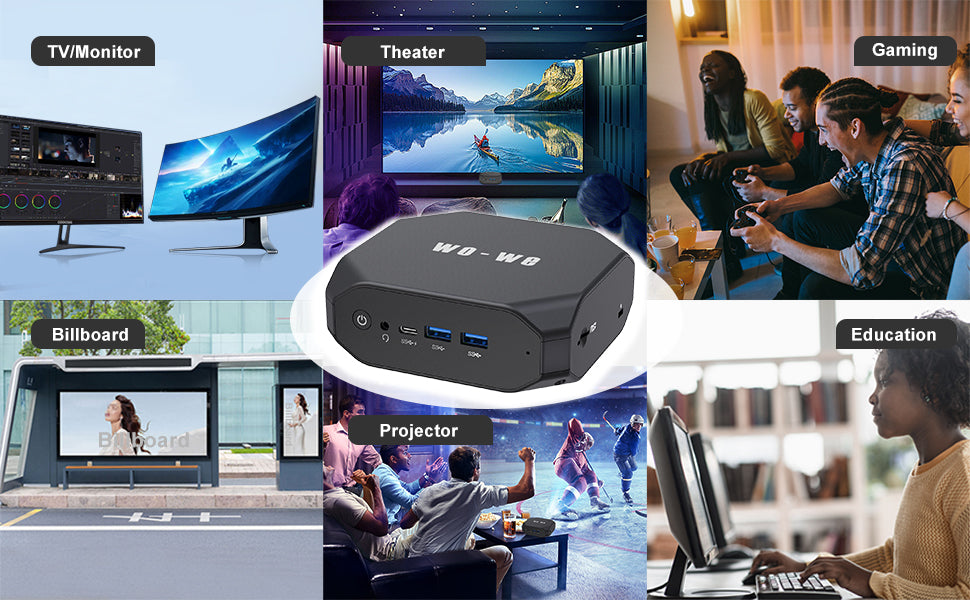



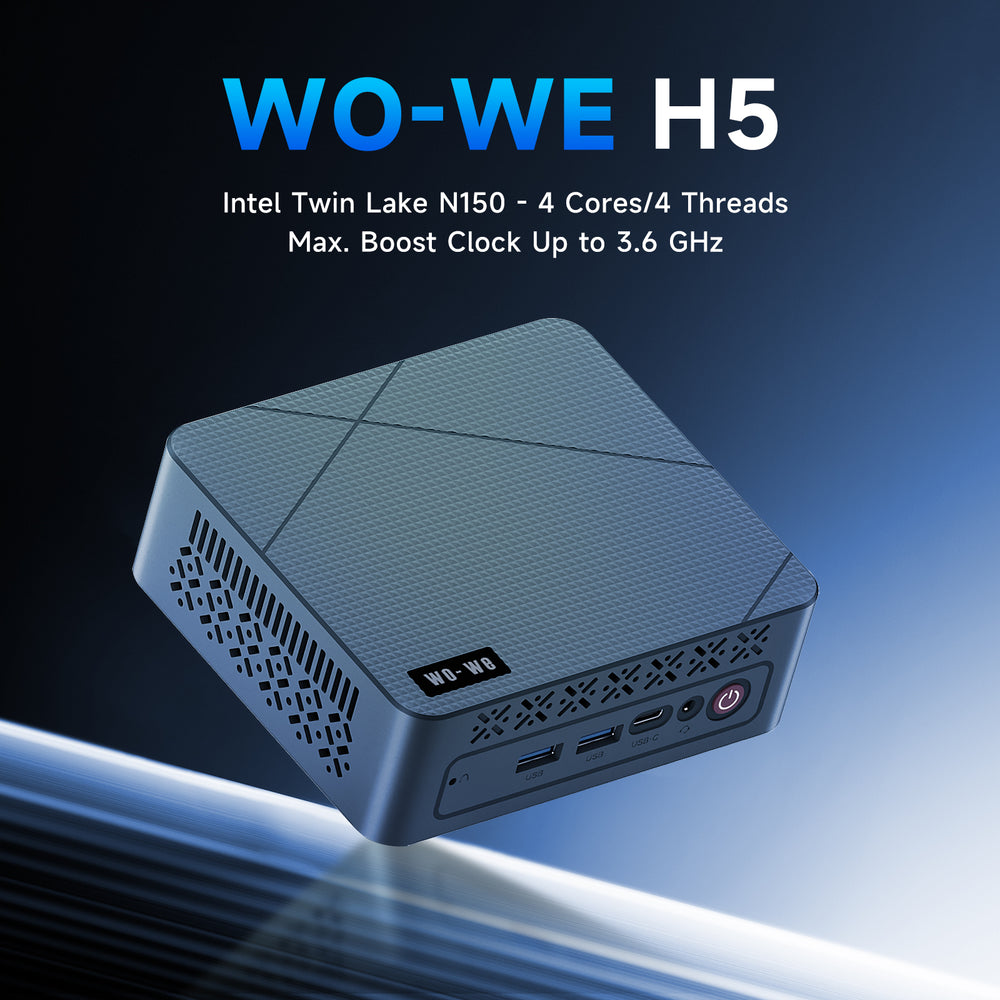
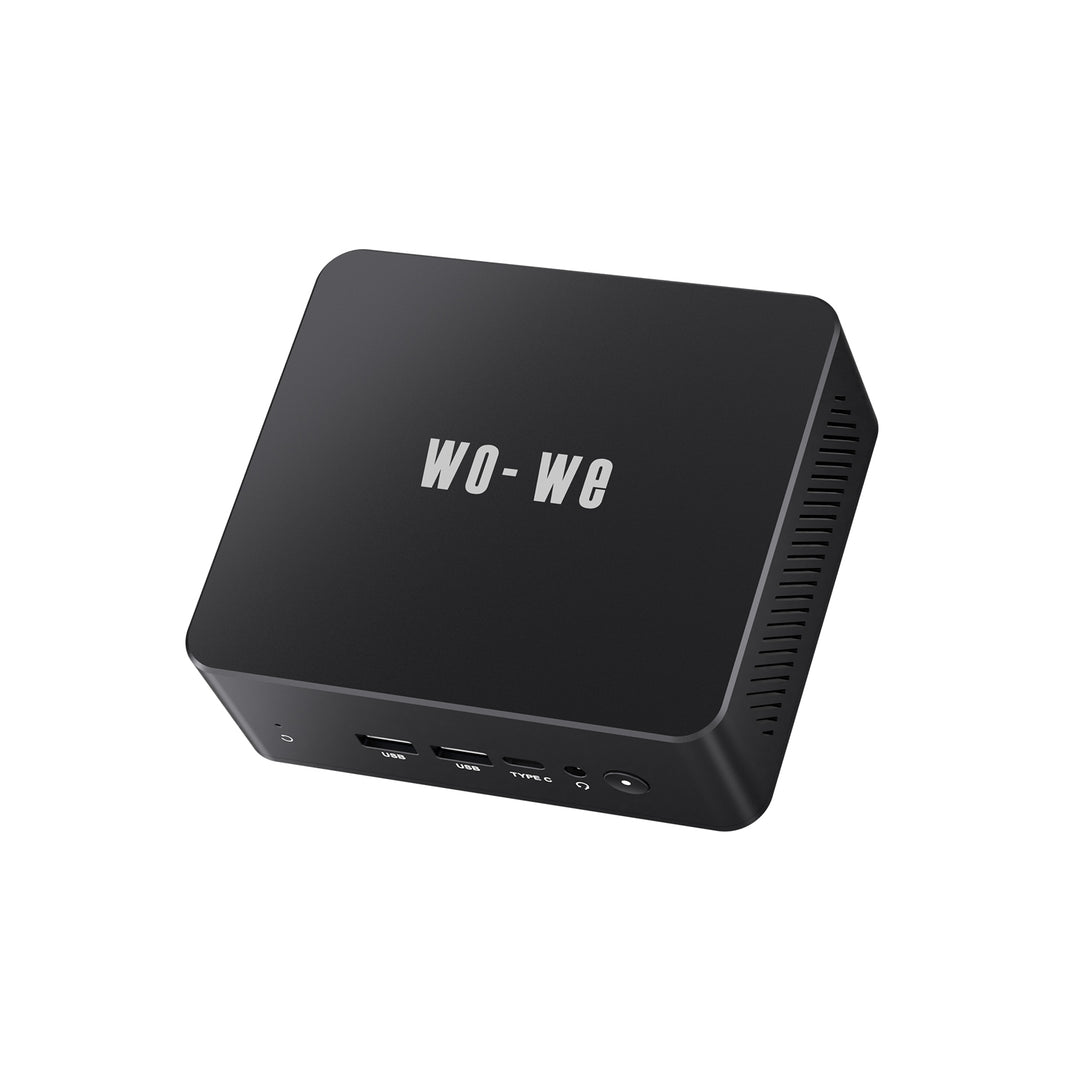
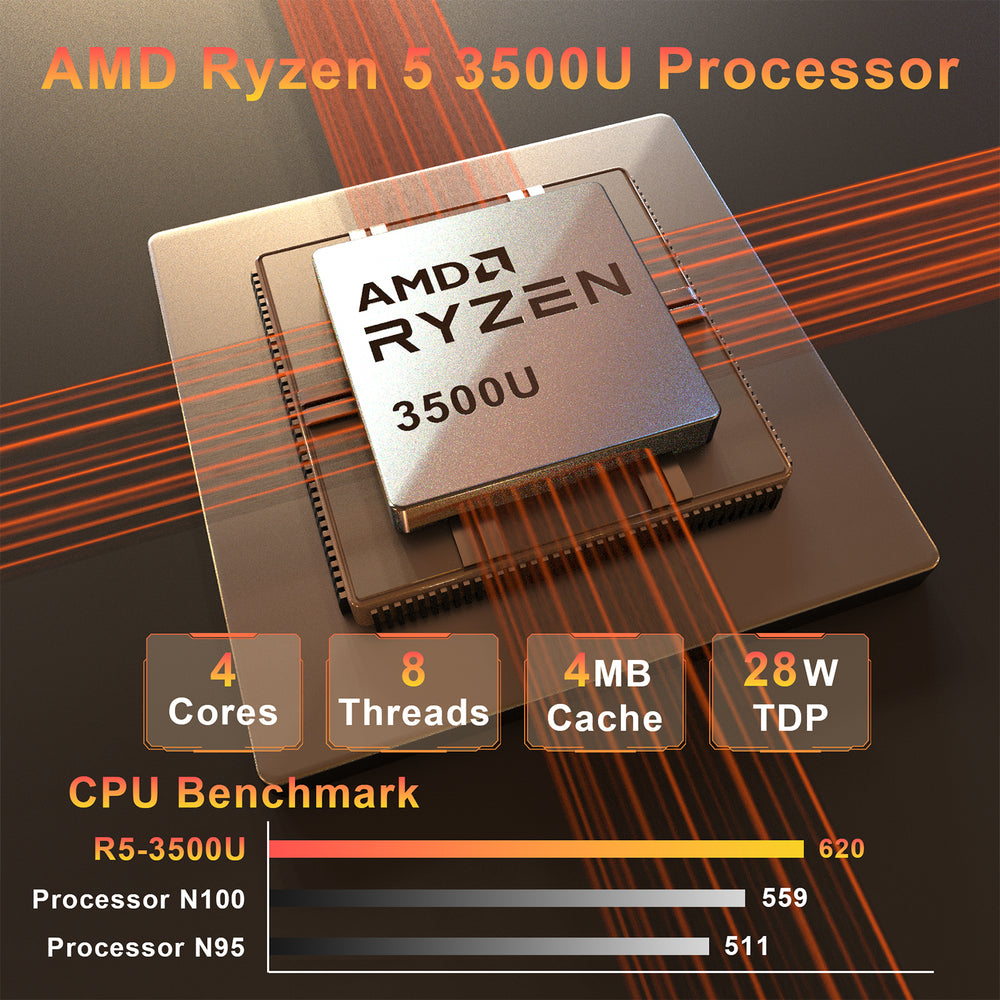
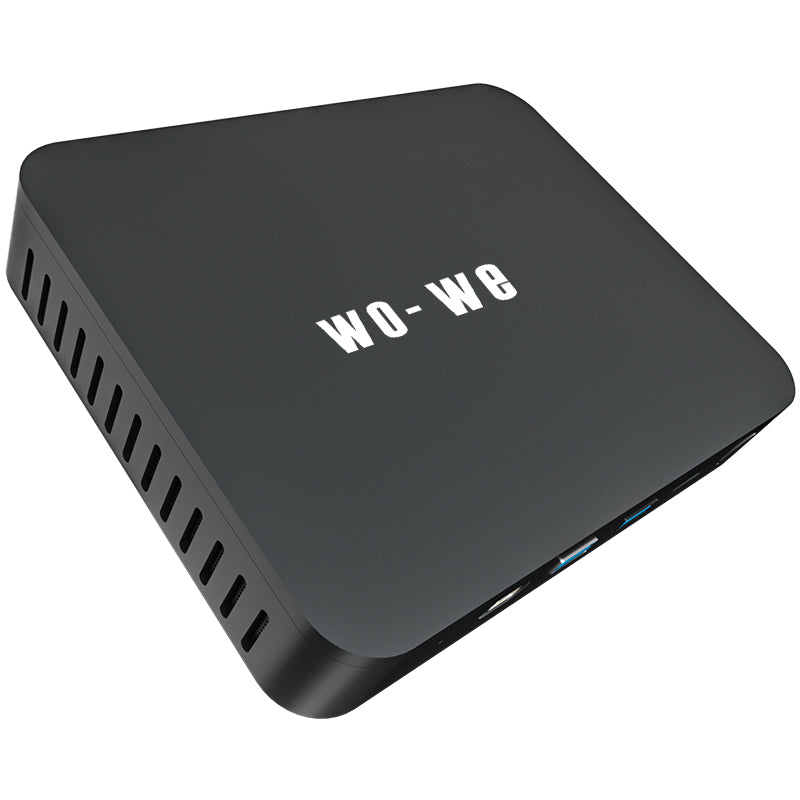

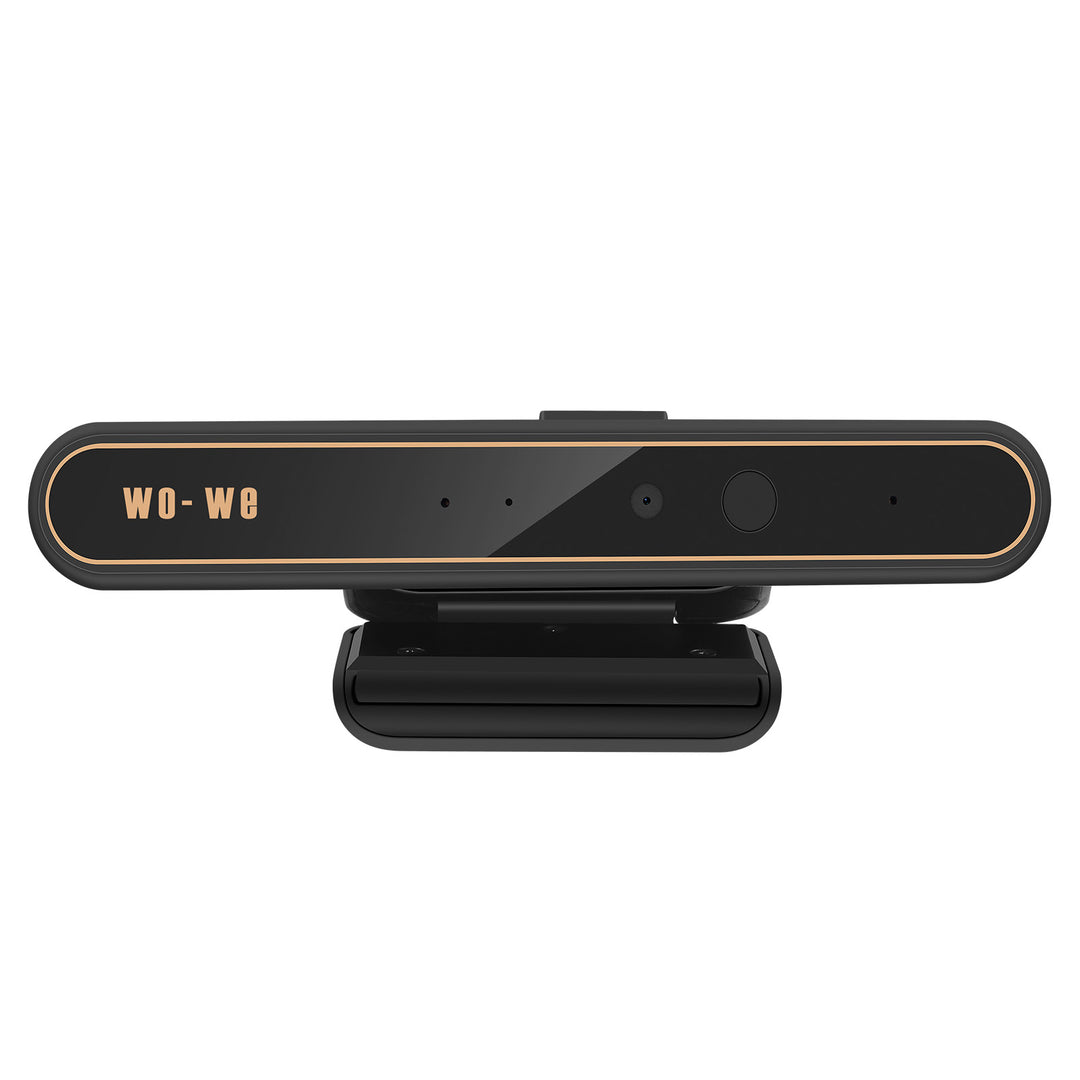

Leave a comment